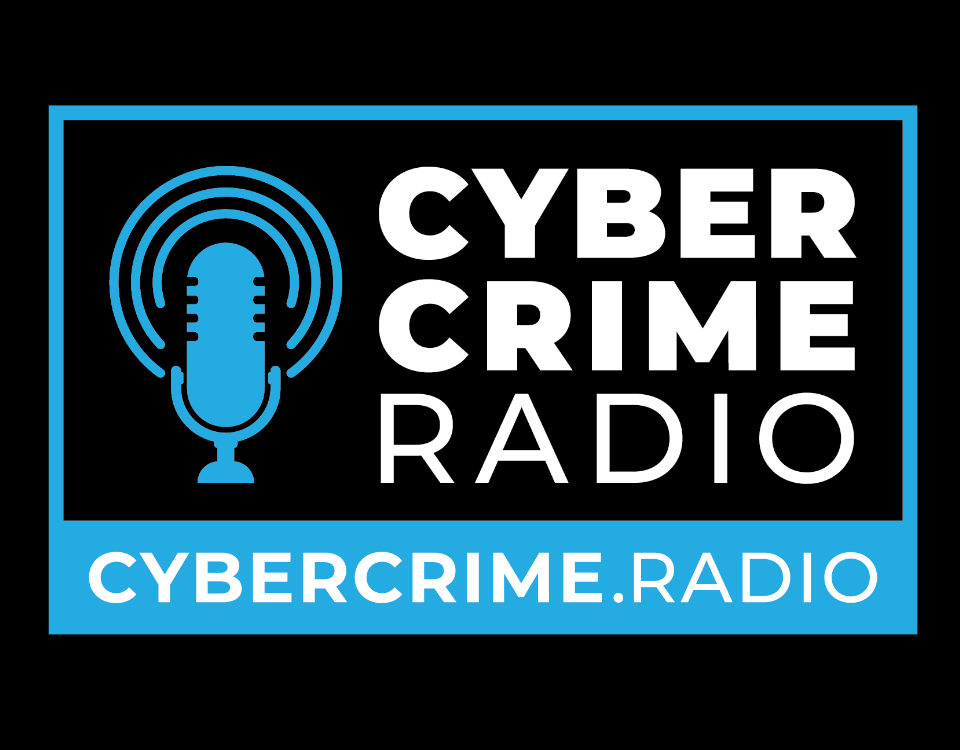
GM Sectec’s Databye by Firstoken: Redefining PCI DSS Certification with Tokenization Innovation
April 18, 2024
Ensuring Readiness For PCI DSS Version 4.0
Héctor Guillermo Martínez, PCI QSA & PFI, President and Board Member of GM Sectec.
In a complex global cybersecurity landscape with its continuous barrage of challenges, complications and ever-changing threat vectors, current security frameworks are consistently adding layers of protection. Given the targeted threats to payment security, the Payment Card Industry Data Security Standard (PCI DSS), overseen by the Payment Card Industry Security Standards Council (PCI SSC), plays a crucial role in safeguarding the payment ecosystem and, arguably, the broader cybersecurity sector.
As of April 2024, PCI DSS version 4.0 has gone into effect across the payments industry. This new version, which pundits argue is the most impactful transformation of the standard since version 2.0 over a decade ago, introduces several changes, transitions and goals.
Understanding The PCI DSS Transition
Why did the PCI SSC decide to overhaul the PCI DSS, a widely recognized and established standard? This transformation was driven by several key reasons:
- Ensuring the standard remains effective in addressing the evolving security requirements of the payments industry
- Emphasizing security as an ongoing, continuous effort
- Improving validation methods and procedures
- Introducing greater flexibility, adaptability and support for alternative approaches to achieving security
Let's break these points down a bit further below.
Ensuring The Standard Continues To Meet And Exceed The Payments Industry Security Needs
As time and technology evolve, so do the methods used by malicious actors to breach our systems. PCI DSS 4.0 addresses these changes by updating its approach to encompass new technological systems and platforms, including considerations from scoping to cloud environments.
Promoting Security As A Continuous Process
The release of PCI DSS 4.0 might raise concerns or anxiety among those who have undergone assessments in previous versions. However, it's important to note that the core 12 requirements remain unchanged. Therefore, version 4.0 represents not a radical shift but rather a significant update and transformation. While organizations often view security as a destination, it's crucial to understand that it's an ongoing process, mindset and integral part of everyday business operations.
Enhancement Of Validation Methods And Procedures
Each new version brings an updated approach on 'how to' comply. The PCI SSC has thoroughly reviewed and aligned validation methods and procedures with the release of version 4.0. This includes a careful examination and enhancement of the self-assessment questionnaires (SAQs) and attestation of compliance (AOC) processes and their contents.
Adding Flexibility, Adaptability And Support Of Additional Methodologies
The latest version of the PCI DSS introduces a novel solution for addressing inflexible scenarios faced by assessed entities, known as the "customized approach." This approach allows organizations that already meet requirements using existing controls to leverage those same controls as an alternative means of achieving compliance. While compensating controls remain a part of the new version, they are typically viewed as temporary measures until full compliance with the specified requirements can be achieved.
But what about future requirements? It's true that several requirements are recognized as best practices and are set to become mandatory only by March 31, 2025. However, most PCI Qualified Security Assessors (QSAs) advise starting the compliance process immediately and maintaining a continuous effort. For in-depth information and technical guidance, the best resource is the PCI SSC itself.
Other Technical Or Process-Based Methods To Consider
There are multiple ways to accelerate the journey and readiness. Utilizing tokenization-based technologies, for example, is a common strategy in the payments industry to accelerate compliance efforts. By outsourcing sensitive authentication information to a service provider or tokenization vault, organizations can reduce scope, secure payment data and simplify assessments. This approach has become standard practice for payment facilitators and orchestrators.
Implementing comprehensive card data discovery and remediation-in-place tools is another popular method. These tools help identify sensitive information across complex systems, whether your organization is a small e-commerce merchant or a large financial institution. Periodic scanning with these tools streamlines scope validation and supports compliance with four of the 12 PCI DSS 4.0 requirements.
Selecting a Payment Card Industry Qualified Security Assessor (PCI QSA) is crucial for guiding your organization through the compliance process. Whether you're a Level 4 merchant, issuer or acquirer, partnering with a PCI QSA can provide invaluable expertise and support.
Final Thoughts
PCI DSS 4.0 readiness is achievable both on budget and on time, and we are seeing many large and small organizations transitioning with ease. With this in mind, the industry can certainly help to ensure that the 'bad actors' lurking in the shadows are not having a cakewalk into fooling us as we continue to progress in the age of AI and other sophisticated technologies.
Source: https://www.forbes.com/sites/forbestechcouncil/2024/04/24/ensuring-readiness-for-pci-dss-version-40






